We all know the saying: Pictures are worth an exponential amount of words, yada yada yada, so on and so forth. The reason this tried-and-true cliche just won’t die is because it’s absolutely correct, and for good reason. Over 90% of the information we digest is visual and a study back in May of 2015 now suggests the average adult attention span is an impressively shameful eight seconds. I can vouch for that because I reached for my phone on no less than three separate occasions while writing this paragraph.
That said, we always seem to find time and attention for videos, usually while shirking some other, more important duty. There’s just something about these moving pictures and how they make us feel. It scratches a primal part in our brain that enjoys visually pleasing things, while sometimes tricking us into learning about something. It’s this generation’s Magic School Bus.
Dated pop-culture reference aside, it makes sense. Visual media is rapidly progressing and with progressing technology comes tangential uses of said technology. I imagine the Lumière brothers didn’t create cinema with the intent of selling goods in mind, yet... so went the natural progression. Granted, I’m certain they also never imagined a “series of tubes” delivering a stream of cute animals and how it relates to a super-computer that fits in your pocket. I mean, they could have, but I didn’t know them.
That brings us to an interesting point. More than 75% of consumers bought items online in the beginning of 2014; a percentage that has certainly grown since then. While convenient, we can’t try on or test out what we’re ordering. This is where video comes into play. YouTube has a nigh endless onslaught of product reviews, mostly for technology, and I’ve yet to buy a phone without consulting one (or ten) of them. I’m not the only one, either. Consumers are 64% more likely whip out their credit cards after watching a video about a desired product. Even the word “video” can have a positive effect on a company’s email by increasing open rates, click-throughs, and reducing unsubscriptions; all those lovely terms the marketing nerds love.
About 81% of marketers have stated they plan to add video for their future email campaigns, while it’s predicted that nearly three-quarters of internet traffic in 2017 is expected to be video-related. It seems that video not only killed the radio star (yet another timely reference on my part), but it’s also taking the marketing world by storm.
Though visual marketing is nothing new, its widening availability and affordability is. Online video has all but replaced television commercials, yet commercials are being made all the same. It’s only the delivery that has changed. Even then, this doesn’t negate the option to air it on television, it merely gives you more choices. Apps like Vine and Instagram have proven to be boons for the medium as well. Given the apps’ restrictive time limits (seven seconds and 60 seconds, respectively), this gives videographers an intriguing parameter to work within. But can it be done successfully?
One of the more succinct Vines I’ve seen, it showcases wonderful sound, a simple-yet-effective sight gag and an emotional aspect, all while advertising a movie and a product simultaneously. This may be a reason why Vine has been so successful. It provides bite-sized chunks of visual information and is almost always viewed on smartphones. You know, those things we carry everywhere and check 46 times a day? While popular, visual media is still growing and is versatile enough to be used by industries of all kinds.
But after all is said and done, numbers and percentages tend not to matter to the individual. Video at its core is a narrative device, and the end goal is to tell a story and evoke a desired emotion. It’s not surprising why visual media is gaining popularity. When done well, even an advertisement can have a compelling narrative. And at Trove, we’d love to help you find your own compelling narrative.
Jared Johnson Staff Writer

